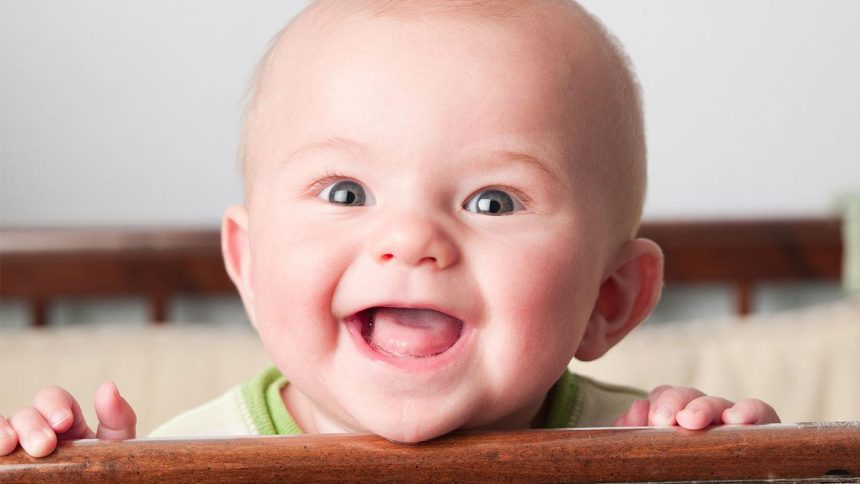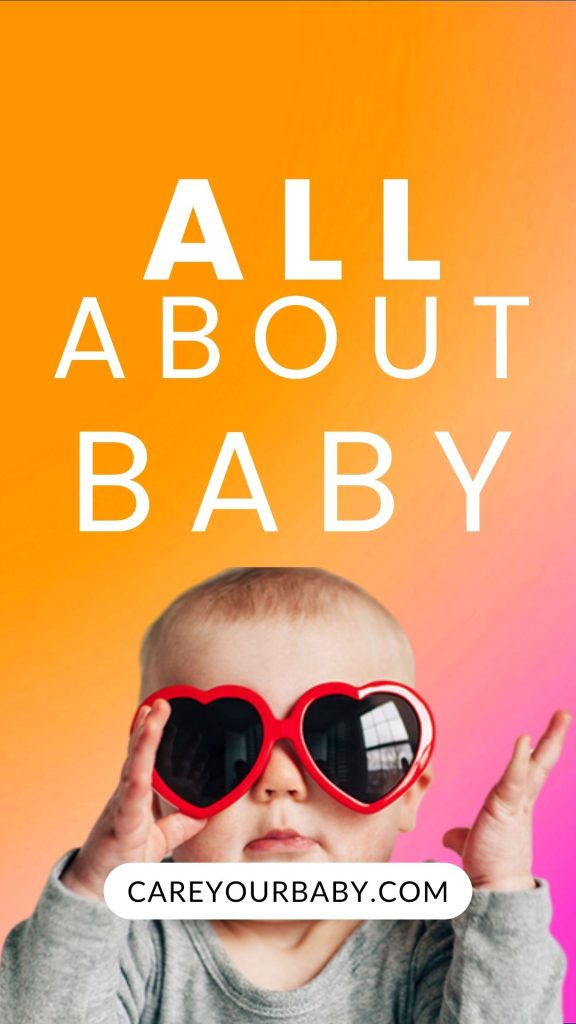When Can Baby Put Pacifier Back in Mouth? Milestone Insights
As parents, we are often enchanted by the remarkable journey of our little ones as they navigate the world around them, each day presenting a new milestone to celebrate. One such milestone that may go unnoticed amid the flurry of firsts is the moment when a baby learns to put their pacifier back in their mouth on their own. This seemingly simple act is a blend of physical coordination, cognitive development, and emotional regulation, weaving together the intricate tapestry of infant growth. In this article, we will delve into the nuances of this milestone, exploring the typical age range for this skill to emerge, the factors that influence its development, and the significance of self-soothing in a baby’s early life. Join us as we unravel the layers of this pivotal moment in your child’s journey toward independence and self-soothing.
Understanding Babys Developmental Timeline for Pacifier Use
As babies grow, their motor skills and cognitive abilities develop significantly, influencing when they can first retrieve and replace a pacifier independently. At around **3 months**, infants typically start to gain better control over their hand movements and can occasionally swipe at objects, including a pacifier. By **4 to 6 months**, many babies exhibit increased dexterity and an understanding of cause and effect, allowing them to reach for and grasp their pacifier more successfully. At this stage, parents might notice that babies are becoming more aware of their surroundings, driving their interest in self-soothing techniques.
By the time a baby reaches **7 to 9 months**, cognitive growth allows them to not only find their pacifier but also begin to place it back in their mouths. However, it’s important to understand that this skill is a continuous developmental process and varies among infants. Here’s a concise timeline that highlights key milestones related to pacifier use:
| Age | Milestone |
|---|---|
| 3 months | Beginning of hand movements to reach for the pacifier |
| 4-6 months | Improved dexterity for grasping the pacifier |
| 7-9 months | Can retrieve and place the pacifier in the mouth with more skill |
Recognizing the Signs of Self-Soothing Behavior
As you observe your little one, you may start to notice certain behaviors that suggest they have begun to develop self-soothing techniques. These can often manifest in subtle ways, as babies learn to comfort themselves during moments of distress or discomfort. It’s common to see them engage in behaviors such as:
- Thumb-sucking: A natural reflex that provides comfort.
- Finger or toy grasping: Reaching for familiar objects can signify a need for reassurance.
- Rocking or swaying: Rhythmic movements help calm many infants.
- Gazing or staring: Focusing their attention can bring them solace.
Recognizing these signs is essential as they indicate your baby is finding ways to manage their feelings. Alongside these behaviors, babies often show a growing interest in their pacifier. Around this developmental stage, you might see them attempting to:
| Behavior | Description |
|---|---|
| Reaching for the pacifier | They might use their hands to grab it when they need soothing. |
| Putting it back in | Learning to guide the pacifier into their mouth reflects their growing self-reliance. |
Such milestones are not just an indication of increased motor skills but also a step towards emotional regulation. By understanding and recognizing these self-soothing behaviors, parents and caregivers can better support their child’s journey towards independence and comfort in their own abilities.
Safe Techniques for Reinserting the Pacifier
Reinserting a pacifier correctly involves several important techniques to ensure your baby’s safety and comfort. First, always **wash your hands** before touching the pacifier to prevent any transfer of germs. Gradually reintroduce the pacifier by **gently guiding it** into your baby’s mouth, avoiding any forceful insertion that might cause distress. Maintain a calm demeanor, as your baby can sense your emotions. It may help to **stroke your baby’s cheek** to encourage suckling and make the experience more soothing.
Additionally, take note of the right timing for reintroducing the pacifier. If your baby is overly fussy or upset, it might not be the best moment to try. Look for signs of readiness, such as your baby opening their mouth or showing interest in sucking. It is also beneficial to **choose a comfortable position** for both you and your baby, whether that’s cradling them in your arms or sitting them in a supportive seat. By observing these techniques, you can make pacifier reintroduction a calm and positive experience for your little one.
Tips for Gradual Weaning from Pacifier Dependence
Gradual weaning from pacifier dependence can be a gentle process that fosters a smoother transition for both you and your baby. Here are some effective strategies to help minimize resistance and maintain a sense of security:
- Limit Usage Time: Start by reducing the hours your baby has access to the pacifier, offering it only during nap or bedtime.
- Choose Comforting Alternatives: Introduce soft toys or a favorite blanket that can provide comfort in place of the pacifier.
- Positive Reinforcement: Praise your child when they go without the pacifier for certain periods or use it less often.
- Offer Distractions: Keep your baby engaged with activities, books, or games to divert attention away from the need for a pacifier.
To further simplify the process, consider setting up a gradual weaning schedule that outlines key milestones. Here’s an example:
| Week | Goal |
|---|---|
| 1 | Reduce daytime use; keep for naps only. |
| 2 | Introduce comfort item; encourage independent play. |
| 3 | Limit usage to bedtime; remove pacifier during the day. |
| 4 | Transition to using comfort item instead of pacifier. |
Q&A
Q: At what age can a baby start putting a pacifier back in their mouth on their own?
A: Babies typically develop the coordination and skills to put a pacifier back in their mouths around the age of 6 to 8 months. This is when they begin to master their fine motor skills, allowing them to grasp and manipulate objects more effectively.
Q: Why is putting the pacifier back in their mouth considered a milestone?
A: This ability marks a significant milestone in a baby’s development. It showcases not only their growing motor skills but also their emerging independence. Rather than relying solely on caregivers, babies begin to soothe themselves, which is an important step in their self-regulation journey.
Q: What should I expect when my baby starts to do this?
A: You may notice that your baby becomes more adept at reaching for their pacifier when it falls out. They might fumble initially, but as they repeat the action, their success rates will improve. This is also accompanied by increased curiosity and exploration, as they engage with their environment.
Q: Are there any safety concerns to be mindful of at this stage?
A: Yes, while self-soothing is beneficial, always ensure that the pacifier is clean and free from any potential hazards. Check for any wear and tear, as damaged pacifiers can pose choking risks. Additionally, supervise your baby during this stage to prevent any accidents.
Q: What if my baby still struggles with the pacifier after 8 months?
A: Every baby develops at their own pace. If your baby is still struggling past 8 months, it’s typically not a cause for concern. Encourage their exploration and practice, but also offer support if they’re having difficulty. Engaging them in play that promotes fine motor skills can be helpful too.
Q: Can putting the pacifier back in their mouth impact my baby’s feeding habits?
A: Generally, this skill is unrelated to feeding habits. However, if a baby prefers their pacifier over breastfeeding or bottle-feeding, it might be worth consulting with a pediatrician or lactation consultant to ensure they’re getting the necessary nutrition.
Q: How can I help my baby during this self-soothing phase?
A: To support your baby, provide a clean and accessible pacifier, and encourage them to reach for it when they show signs of wanting to suck. Positive reinforcement when they successfully use it can motivate them further. However, remember to give them space to explore and learn independently.
Q: What are some alternatives if my baby isn’t interested in a pacifier?
A: If your baby isn’t inclined towards a pacifier, consider other self-soothing methods, such as gentle rocking, soft toys, or swaddling. Each baby is unique, and it’s essential to find what makes your little one feel comfortable and secure.
Q: When should I consider weaning off the pacifier?
A: The American Academy of Pediatrics suggests gradually weaning from pacifiers around 12 months. This time frame allows the baby to enjoy the soothing benefits while also paving the way for their developing skills in self-soothing. It’s best to choose a time when there are no significant changes in the baby’s routine to ease the transition.
By understanding these milestones and potential concerns, parents can ensure that their baby’s journey with pacifiers is a positive and nurturing experience!
Wrapping Up
As we navigate the fascinating journey of infant development, understanding when and how your baby can begin to reinsert their pacifier into their mouth offers valuable insights into their growing autonomy. This seemingly small milestone not only marks a step towards self-soothing but also highlights the evolving relationship between your little one and the surrounding world. Every tiny accomplishment contributes to their overall development, reminding us that growth comes in many forms. As your baby learns this new skill, embrace the precious moments of discovery, and remember that each stage brings its own unique joys and challenges. Trust your instincts, observe your baby’s cues, and celebrate the milestones—big or small—that shape their early life. Happy parenting!


